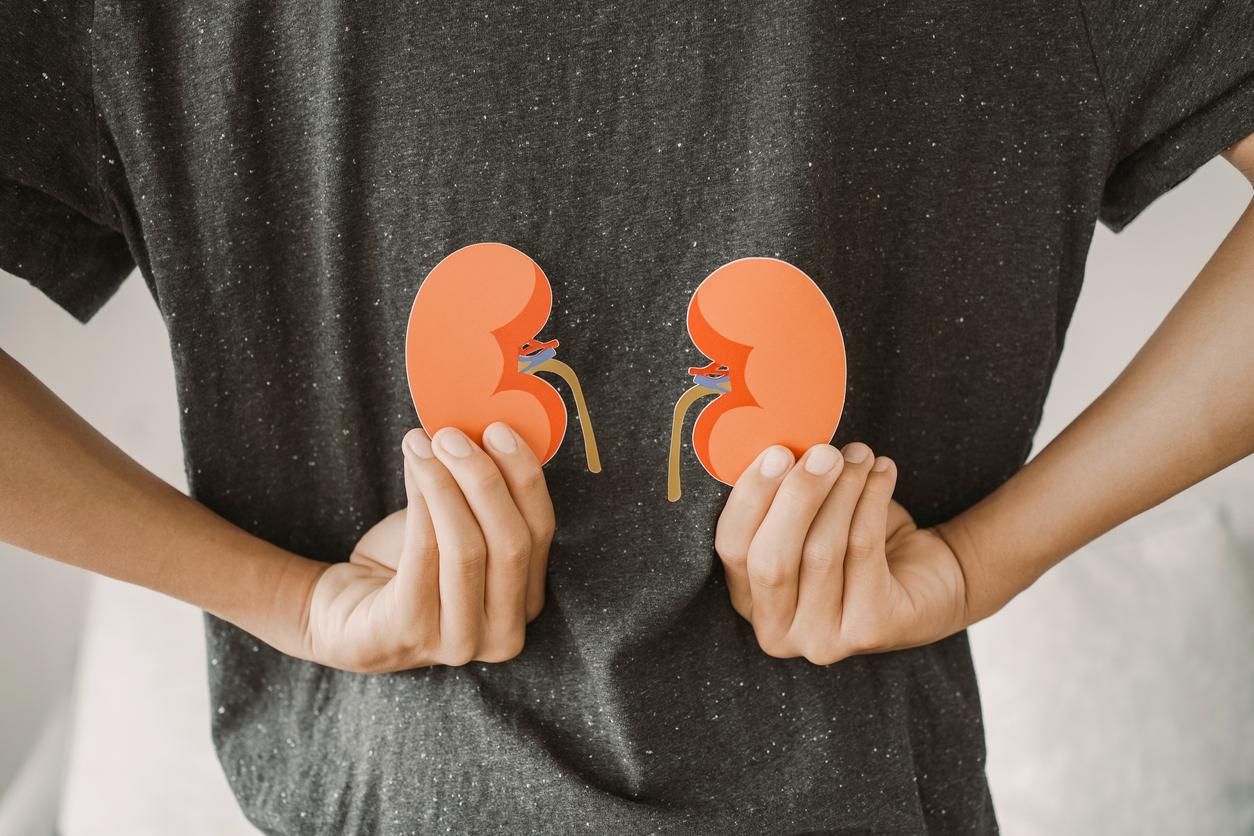Montreal, May 13, 2004 – The success of clinics integrating classical medicine and complementary health approaches is due to their ability to bring together professionals really interested in learning outside their field, and to take the necessary time (six months to a year) to familiarize them with approaches they are unfamiliar with. But once these healthcare professionals experience true interdisciplinary collaboration, none want to go back.
This is one of the observations that Dr David Eisenberg, director of the Osher Institute at Harvard Medical School (United States), delivered yesterday at a roundtable on the practice of integrated medicine, bringing together a range of specialists and clinicians gathered for the second Montreal International Congress on the Science of Touch.
His observation was corroborated by Leon Chaitow, lecturer at the University of Westminster (United Kingdom) and the first naturopathic osteopath hired as a consultant at a publicly funded British medical clinic, the Marylebone Health Center in London. Mr. Chaitow clarified that many doctors and therapists of complementary approaches are unable to work together for lack of a common language and openness to another view of things.
The Dr Phuc-Félix Nguyen-Tan, radiation oncologist at the Center hospitalier universitaire de Montréal, in turn indirectly confirmed the words of his predecessors. He spoke of the difficulties that have arisen in the functioning of the multidisciplinary team set up to try to reduce the discomfort of patients suffering from the severe side effects of radiotherapy treatments. For him, the key to success rests on the weekly meetings of exchanges between professionals which allow, for example, the psychologist to accept the fact that a patient confides spontaneously in a massage therapist responsible for relaxing the patients before their treatment. But, despite the obvious success of the experiment (average hospitalization time reduced from 20 to 7 days, need for hospitalization increased from 40 to 20% of patients and elimination of 5% of deaths during treatment), the massage therapist integrated into her team has no “official existence” and reports to the hospital’s volunteer committee because she has no legally recognized professional status.
This meeting gave an idea of the differences in language, medical culture and the open-mindedness required by a medical practice truly integrating various traditions when Dr.r MA Shahajan, professor at the Government Ayurveda College of Kerala (India) gave an overview of Ayurveda and mentioned, in passing, the use of human and animal urine in Ayurvedic medicine. Despite the fact that Ayurvedic medicine is recognized by the World Health Organization and is widely used in India, it will take a dizzyingly deep ditch before a doctor trained in this 4000-year-old system. years is integrated into a pluralistic health system allowing, for example, an acupuncturist to work in concert with an osteopath, a chiropractor and an orthopedic doctor.
Is such a change really in the order of the possible? According to the Dr Eisenberg, three elements are required: market pressure (patient behaviors), political will and sufficient evidence that the practices to be integrated are working. “The planets must be aligned,” he concludes. Next month, the Osher Institute will launch the first research to demonstrate, with supporting evidence, that back pain is treated better, and more economically, with a multidisciplinary approach than with the conventional approach.
But if these elements seem essential to modify the “system” of health, it seems that the first ingredient of integrated medicine that one wishes and experiences here and there in the Western world is the capacity to welcome different points of view. and the willingness to learn something other than what we already know.
Christian Lamontagne – PasseportSanté.net

















